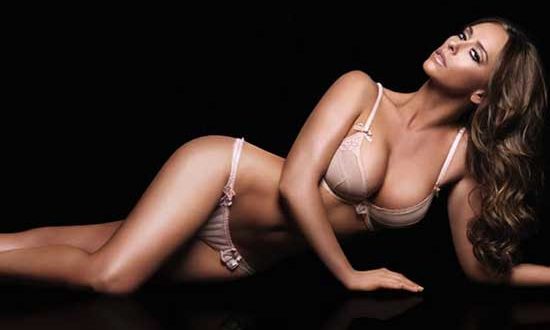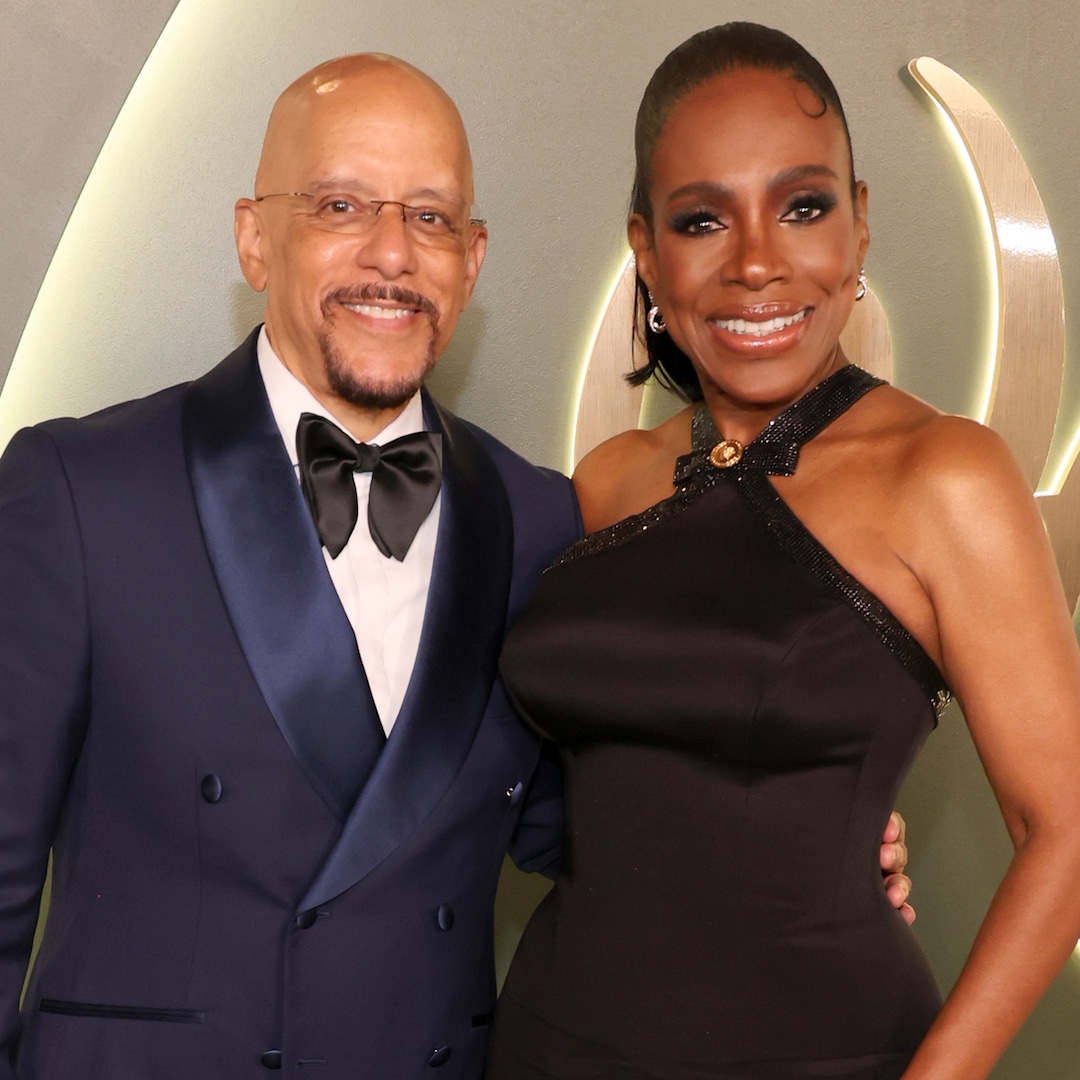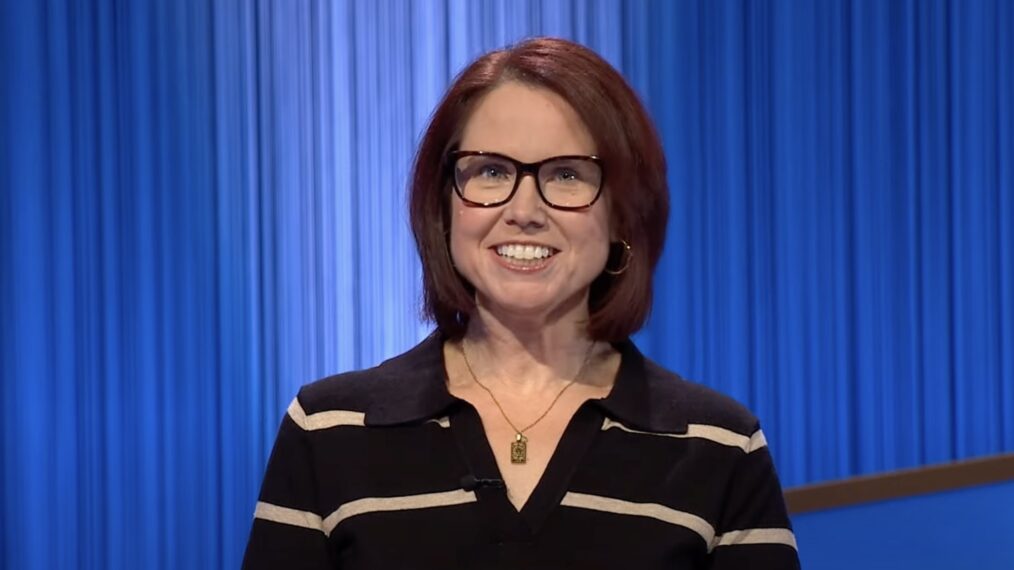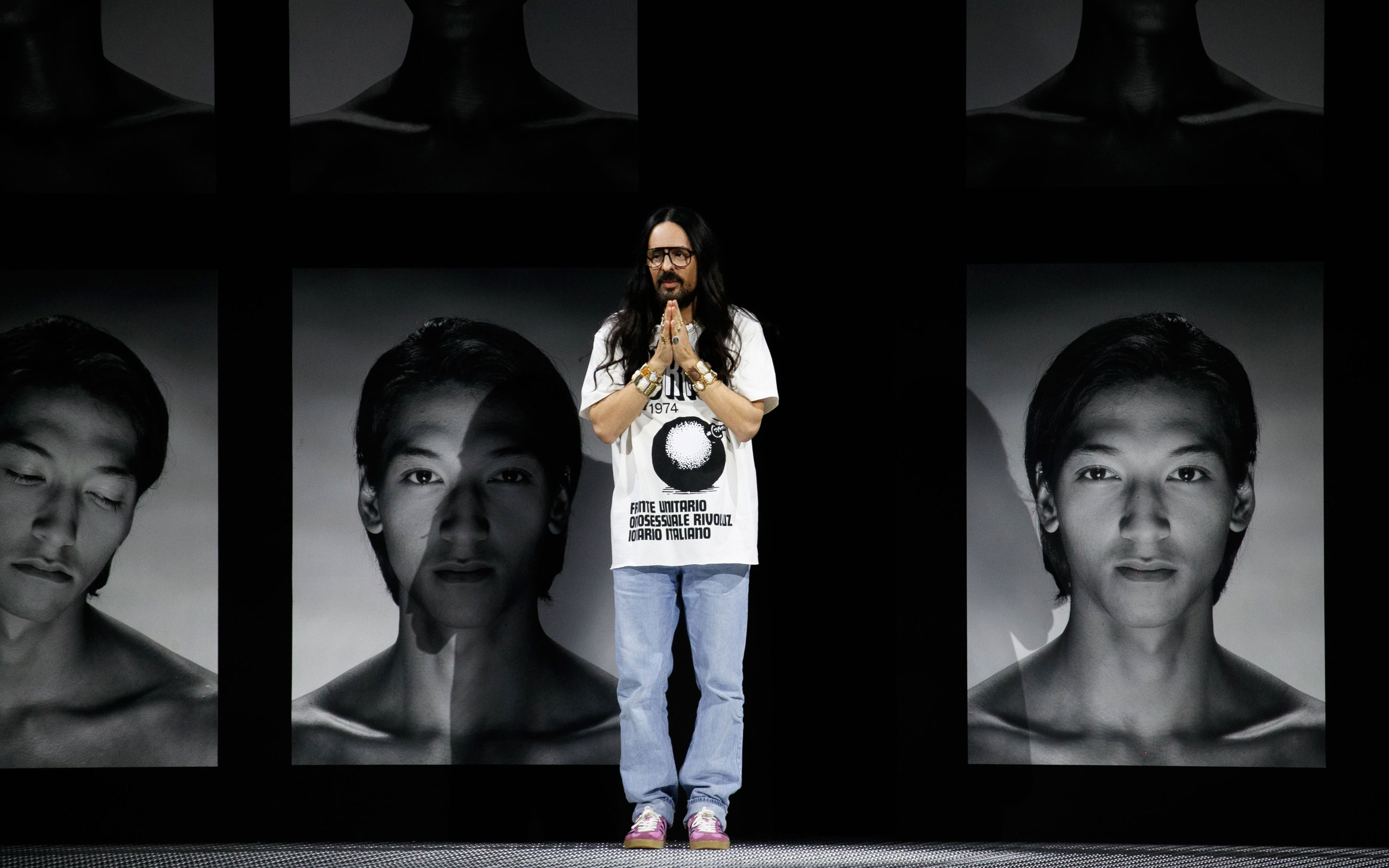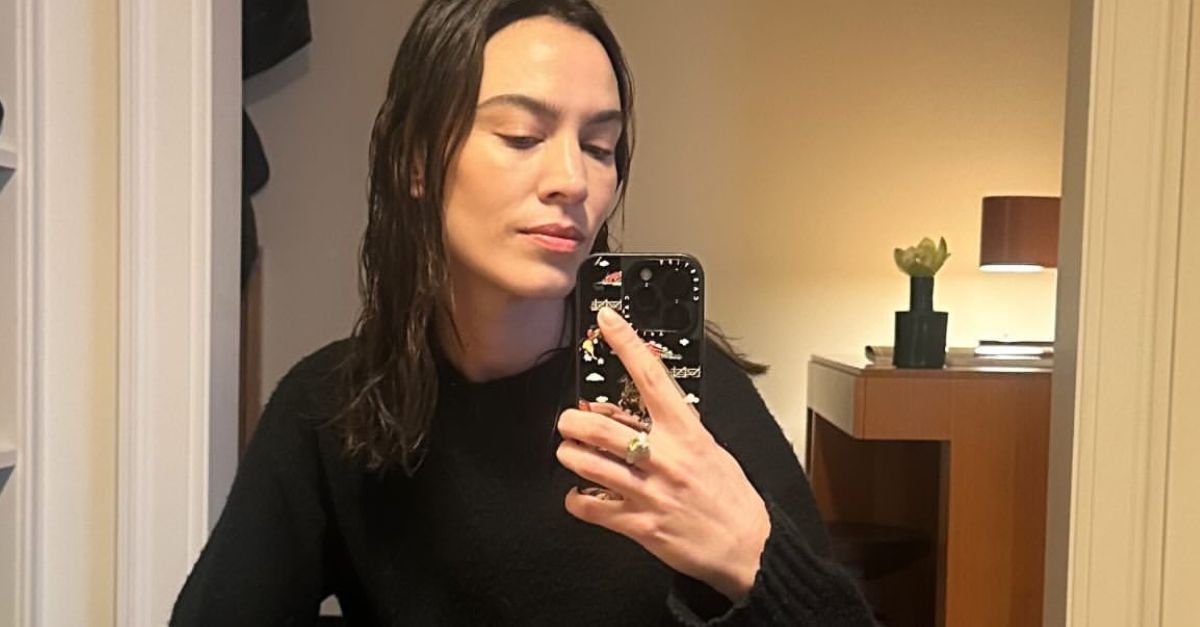Presented by Steven C. Miller’s Werewolves, Bloody Disgusting is looking to the stars and howling at the moon with WEREWOLVES WEEK. Today, Jenn Adams sprouts claws and explores the history of werewolf women in horror cinema.
Werewolf folklore has existed since the dawn of recorded history, with each diverse culture creating its own variation of humanoid wolves who emerge from the skin of seemingly ordinary men. Reflecting the dual nature of humanity, most tales involve deception and betrayal, with creatures presenting as friends and neighbors before transforming into beasts under the light of a full moon. Modern interpretations have begun to use this horrific allegory as a vehicle through which to explore the experience of womanhood.
Female werewolves often exhibit uncomfortably aggressive sexuality and buck the expectations of well-behaved women. Many iterations feel quite liberating and present the female werewolf as an aspirational goddess embracing carnal desire, while others warn of sinister temptresses leading hapless men to their doom. Updated lycanthropic lore allows horror creators to confront and expose the limitations of age-old stereotypes while presenting ferocious female characters who live and die by the creature’s curse. The past four decades have seen fascinating portrayals of wolven women guided by the full moon who find themselves inside the monster.
The Howling (1981)
Joe Dante’s classic film presents a virtuous woman whose life is turned upside down by a predatory rival obsessed with her own pleasure. Karen White (Dee Wallace) is a TV news anchor who travels to a therapeutic commune known as the Colony to recover from a traumatic sting operation gone terribly wrong. Initially turned off by the group’s bohemian vibe, Karen is frustrated by an earthy seductress named Marsha (Elisabeth Brooks) who keeps sniffing around her husband Bill (Christopher Stone). She soon discovers that the Colony is a front for a clan of werewolves who’ve been taught to manage their duplicitous lifestyle.
Dante explores female lust through the lens of monstrosity as Marsha aggressively pursues Karen’s husband. After biting and seducing Bill, she leads him to a campfire where they both change into their lycanthropic forms while copulating beneath the full moon. By contrast, Karen carries trauma from a sexualized attack earlier in the film and needs patience and support from a loving partner. She’s heartbroken when Bill gives into the power of this animalistic lifestyle and chooses the overtly passionate Marsha over his loyal wife.
Bitten while trying to escape, Karen plans to prove the existence of this bestial gang by lecturing her audience about the dangers of succumbing to their primitive desires. She then proceeds to transform into a werewolf on live TV. Unable to assume Marsha’s carnal awareness, Karen has instructed her producer to shoot her with a silver bullet moments after this shocking display. The story ends on a tragic note as Karen rejects a life of hedonistic liberation, while Marsha emerges unscathed to prey on more unsuspecting men.
An American Werewolf in Paris (1997)
Nearly two decades after Dante’s exploration of erotic lycanthropy, Anthony Waller solidifies the dichotomy between female sexuality and virtue in his 1997 sequel to the classic An American Werewolf in London. Serafine (Julie Delpy) is the adult daughter of the original’s doomed werewolf now trying to control her own curse with a series of experimental injections. We meet Serafine as she tries to throw herself off the Eiffel Tower in hopes of ending her violent existence. Prepared to bungee jump, an American tourist named Andy (Tom Everett Scott) saves her in the nick of time then becomes smitten with the gorgeous young woman. He tracks her down, but accidentally crosses paths with a pack of sinister werewolves who feed on unsuspecting tourists.
Bitten himself, Andy fetishizes Serafine’s explanation of his new life and suggests she’s trying to initiate an erotic role play. He will later transform while having sex with a crass and seductive American tourist. Aside from a bit of cringe-worthy late ’90s humor in which Serafine tries to “calm” Andy by placing his hands on her bare breasts, the reluctant werewolf entirely rejects her animalistic side and finds a cure in the form of adrenaline spikes administered at the moment of conversion. The film concludes with the happy couple getting married while bungee jumping off the Statue of Liberty though an alternate ending implies that they will go on to have a werewolf child.
Director Anthony Waller presents a clear depiction of a virtuous and thus acceptable woman in the empathetic Serafine who fears her own monstrosity and believes giving in to her carnal desires to be the ultimate act of moral weakness.
Ginger Snaps (2000)
Just three years later, John Fawcett would present a more empowering version of this classic story. His fan-favorite film erases the juxtaposition between sex and virtue by exploring the werewolf transformation through the lens of menstruation. Ginger Fitzgerald (Katharine Isabelle) is a death-obsessed teen who crosses paths with a roving werewolf and is bitten while getting her first period. As her body experiences pubescent changes, she begins to show startling new physical traits. Her scars grow fur, her hair becomes streaked with white, and a small tail sprouts from her lower back. Ginger also develops a lust for boys and begins aggressively pursuing a fellow student named Jason (Jesse Moss).
Like Marsha, her metamorphosis provides a newfound confidence and she begins reveling in her sexual prowess. But Jason feels emasculated by her more insistent demeanor. While making out in a car, he instructs her to lie back and enjoy it, then asks “who’s the guy here,” equating her assertive quest for her own pleasure with stereotypical male behavior. Having previously feared her emerging hedonism and loathing the high school girls she sees debasing themselves to impress idiotic boys, Ginger now begins to enjoy this feeling of carnal empowerment that mutates into feminist rage. But as her hunger grows, Ginger becomes incapable of control and begins to lose herself to the werewolf’s curse. She doesn’t just want to make out with boys, she wants to rip them—and everything else—to pieces.
Eventually the beast takes over and she becomes a danger to herself. Her dreaded transition into ferocious womanhood has been complete and she becomes the terrifying female monster she’s always feared.
Trick ‘r Treat (2007)
Michael Dougherty’s seasonal classic features a series of interconnected vignettes all set on Halloween night in an idyllic small town. Characters weave through the sprawling story, crossing paths with each other as a city-wide celebration descends into chaotic violence. One story follows a quartet of women excitedly preparing to attend a moonlit costume party in a remote field.
We meet them donning sexualized Disney Princess outfits designed to project an aura of helpless innocence then follow them as they try to secure dates for the mysterious soirée. Dressed as Little Red Riding Hood, Laurie (Anna Paquin) seems nervous for the party and we’re led to believe she’s planning to lose her virginity at the event. But as she finds her date for the evening—a horrific murderer from another vignette—we discover what the women truly have in store. As the full moon rises, they rip off their costumes along with their skin, revealing themselves to be a pack of bloodthirsty werewolves.
Like Fawcett, Dougherty plays with the concept of feminist empowerment with vicious huntresses pretending to be damsels in distress. Their carnage feels like just desserts in a world that has accepted the victimization of beautiful young women, but in this version of the fairy tale, Red Riding Hood has become the Big Bad Wolf.
Werewolves Within (2021)
Josh Ruben’s modern interpretation of werewolf lore plays out like a hilarious who-dunnit until the story’s final scene. The tiny town of Beaverfield has noticed a string of unexplained disappearances and deaths which exacerbate tensions over a looming pipeline to be constructed through the picturesque woods. When a visiting ecologist suggests that the culprit may be a lycanthrope, the town turns against itself trying to find the villain. New Park Ranger Finn Wheeler (Sam Richardson) tries in vain to keep the peace then settles for merely surviving the imminent implosion alongside mailperson and crush Cecily (Milana Vayntrub). Believing that the town has created this werewolf to serve as a scapegoat for its underlying resentments, Finn discovers that Cecily is in fact the dreaded creature and has been sowing chaos intended to distract her prey.
Parker feels particularly betrayed when he realizes she’s only been feigning interest in his Yellowstone stories. Cecily explains that while werewolves may be real, a girl who honestly finds him attractive is not. Ruben is clear that Cecily is a monster, willing to eat friends, neighbors, and members of her punk band alike, but she is also a charming young woman just trying to survive. We’re introduced to this beguiling creature when she reminds us that gender is a construct designed to relegate humanity into reductive categories. Perhaps her so-called monstrosity serves a similar purpose. After all, is she so different from the hunter who lives on the outskirts of town and traps innocent animals for food and sport?
Perhaps werewolves are just predators like the rest of us, capable of complex desires and occasional violence. Sure, they may consume a few innocent people now and then, but as Cecily reminds us, “a girl’s gotta eat.”
Werewolves claws into theaters this Friday, December 6. Get tickets now and enter to win a custom werewolf head by legendary SFX maestro Alec Gillis.

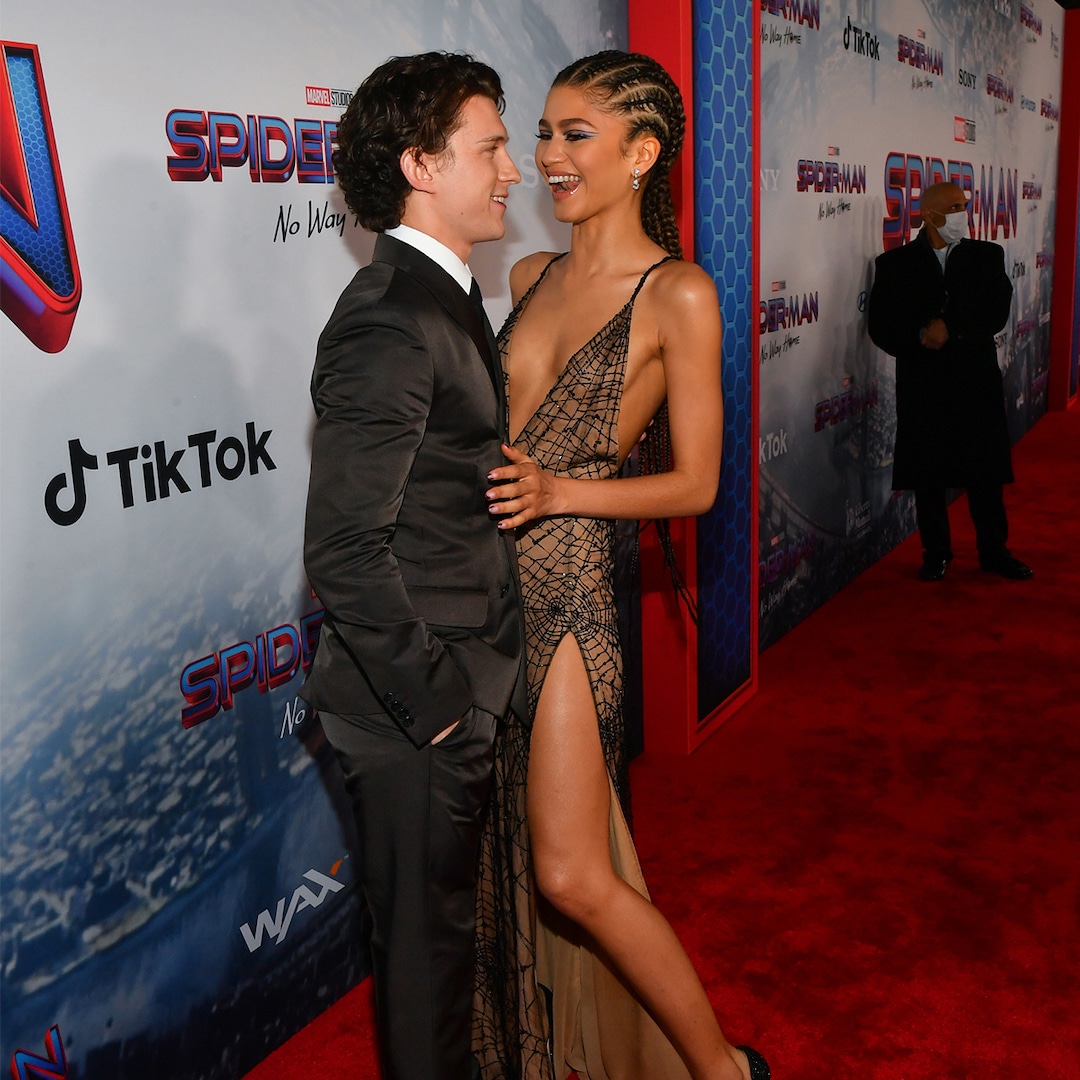





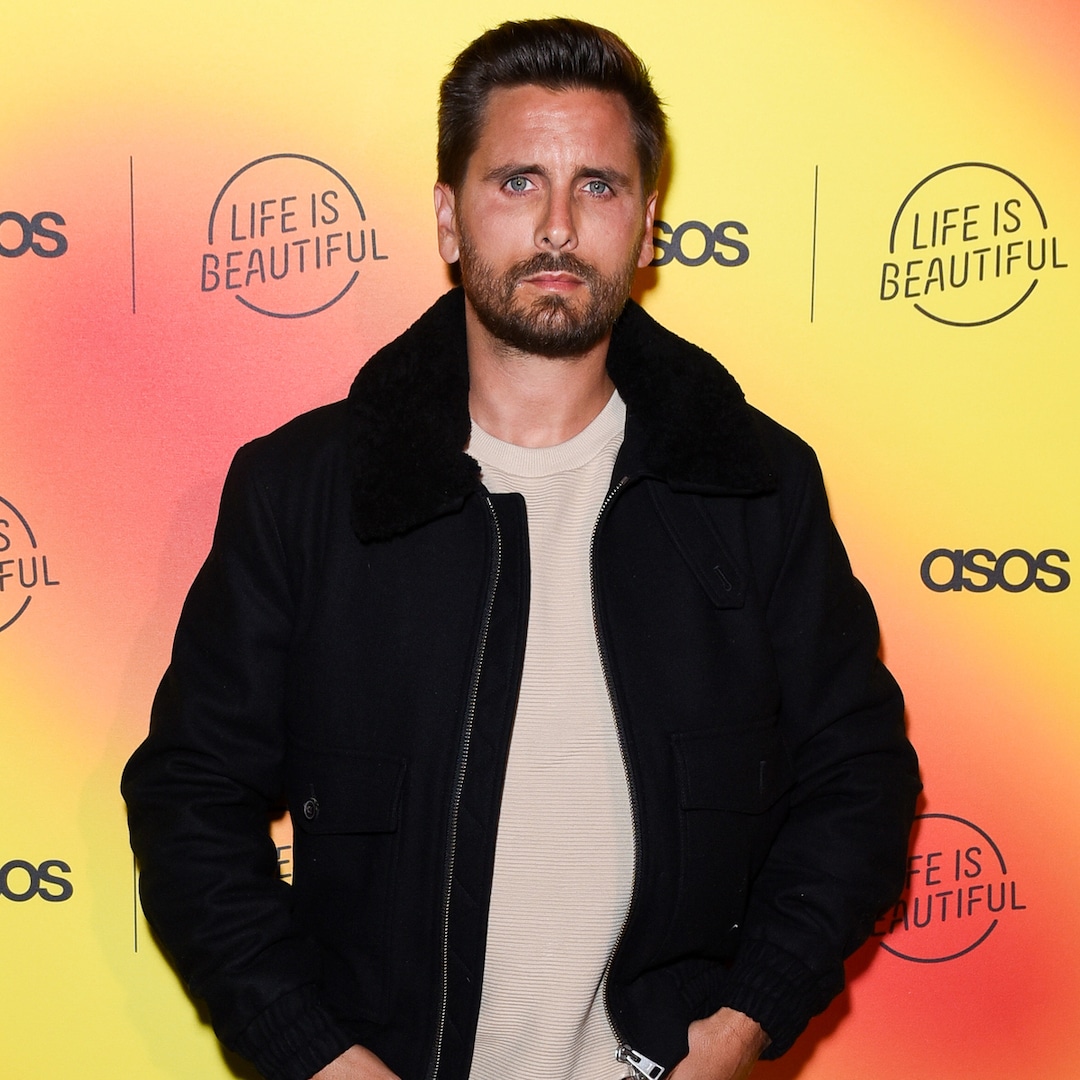













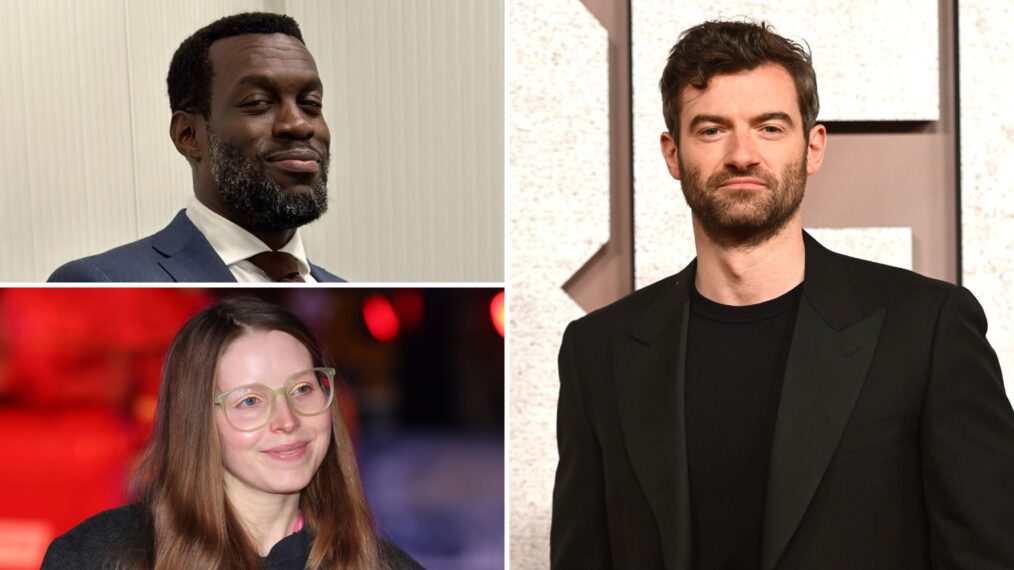





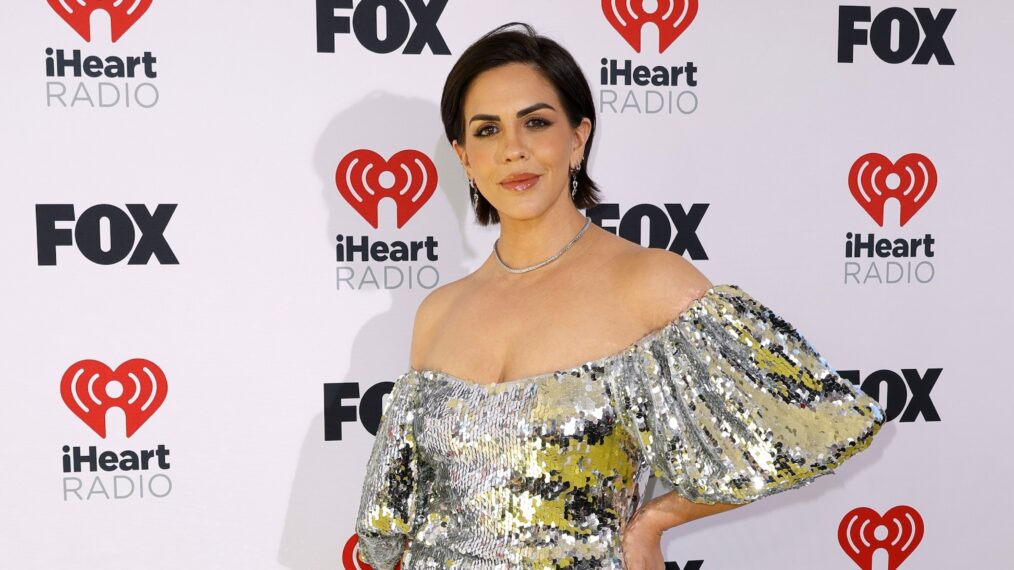











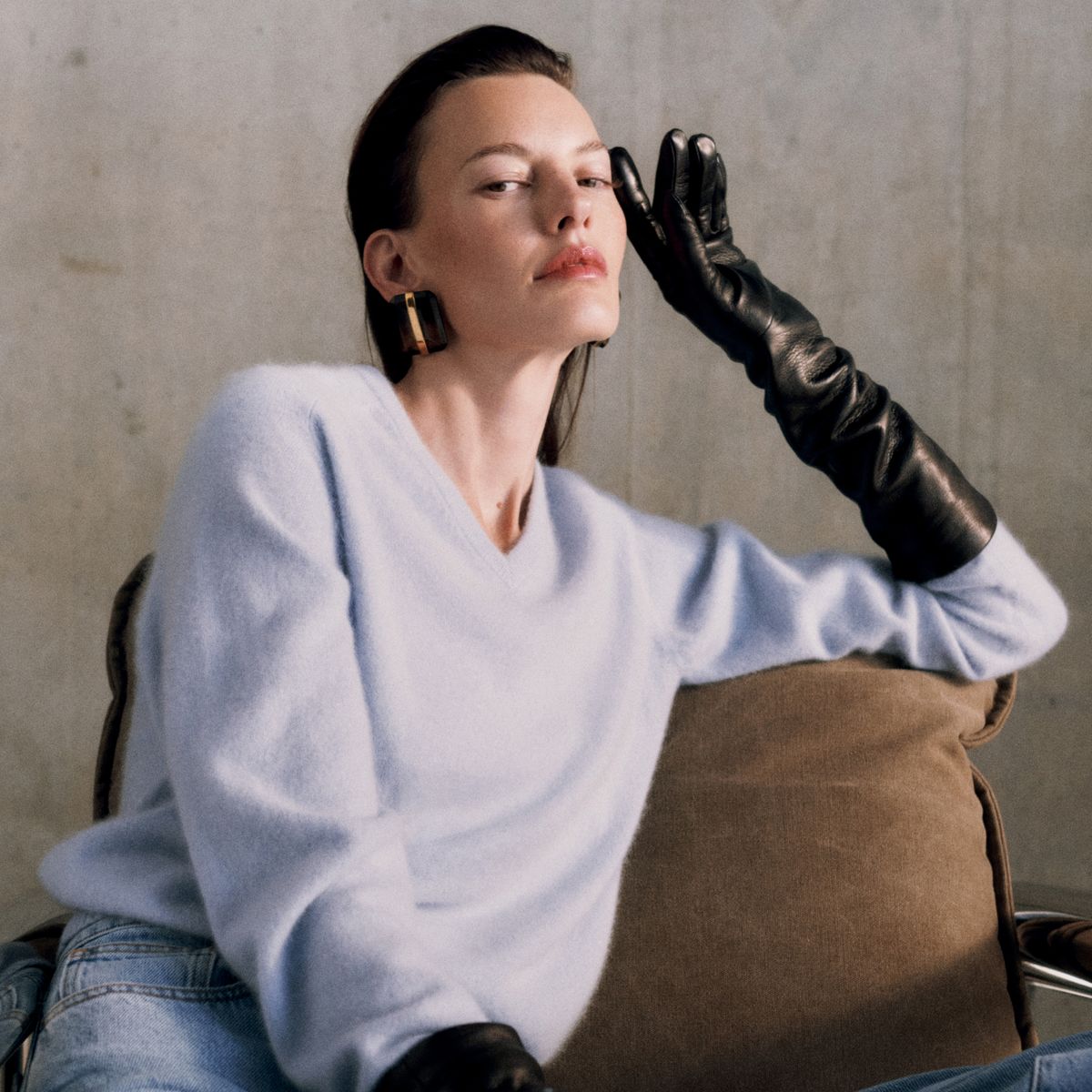

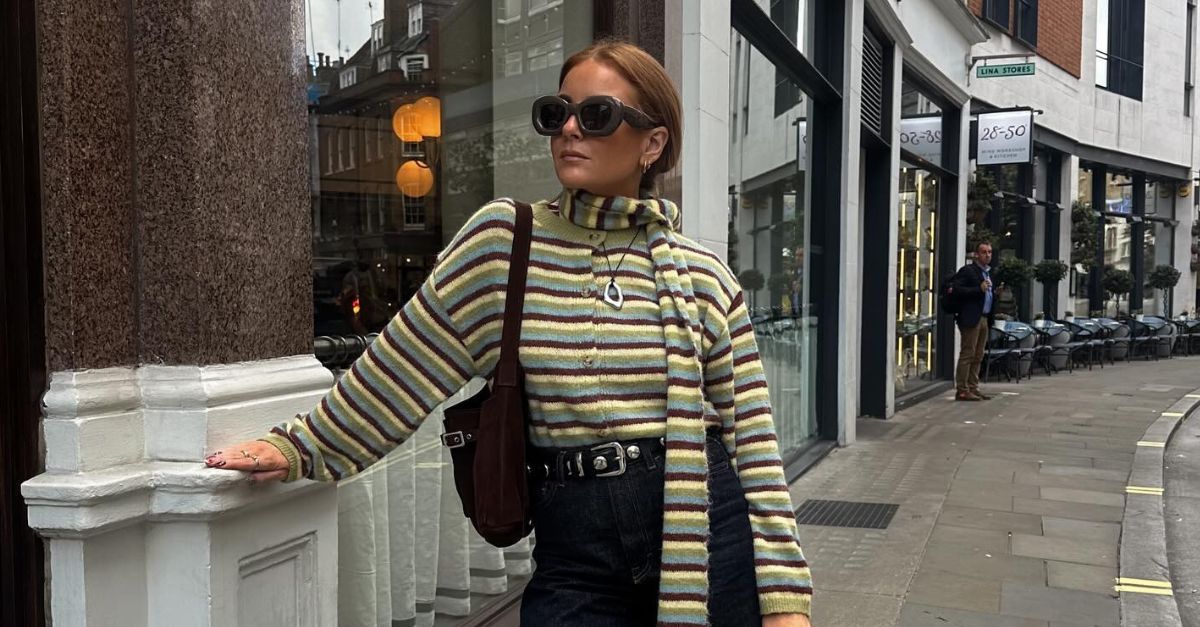
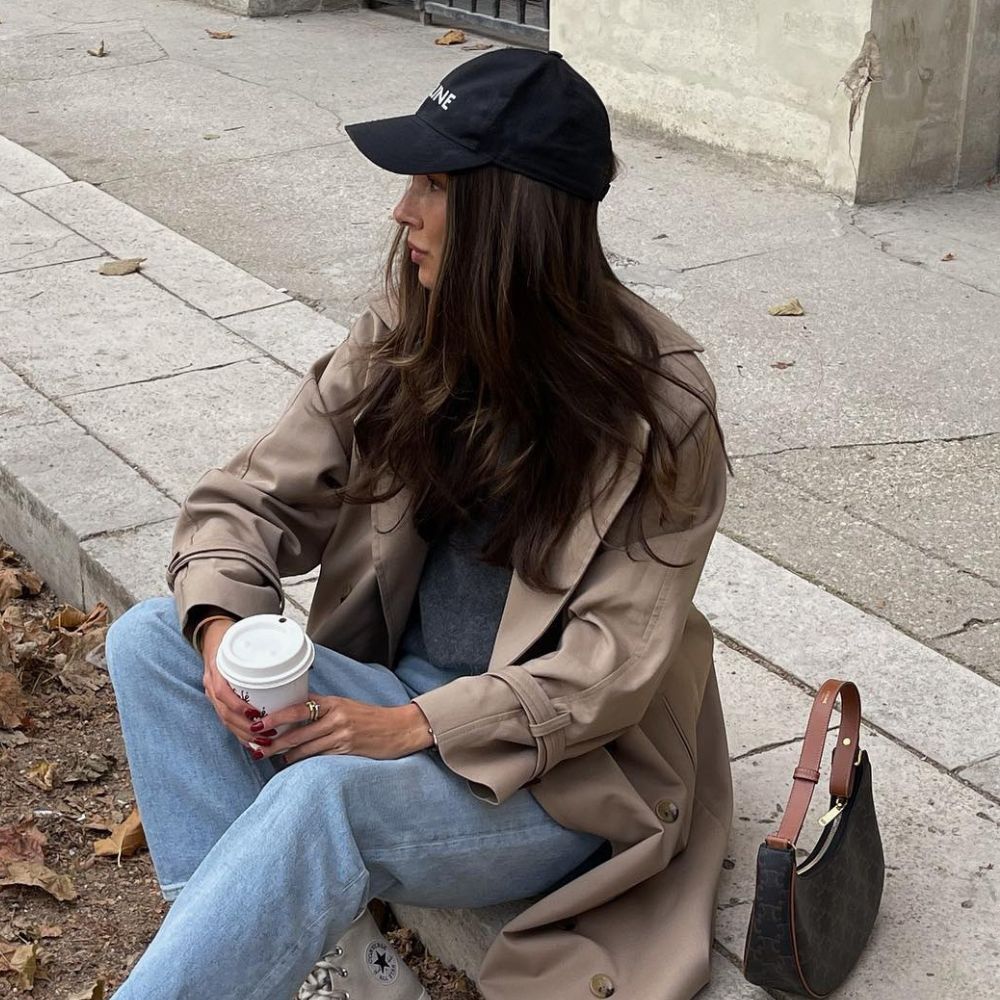
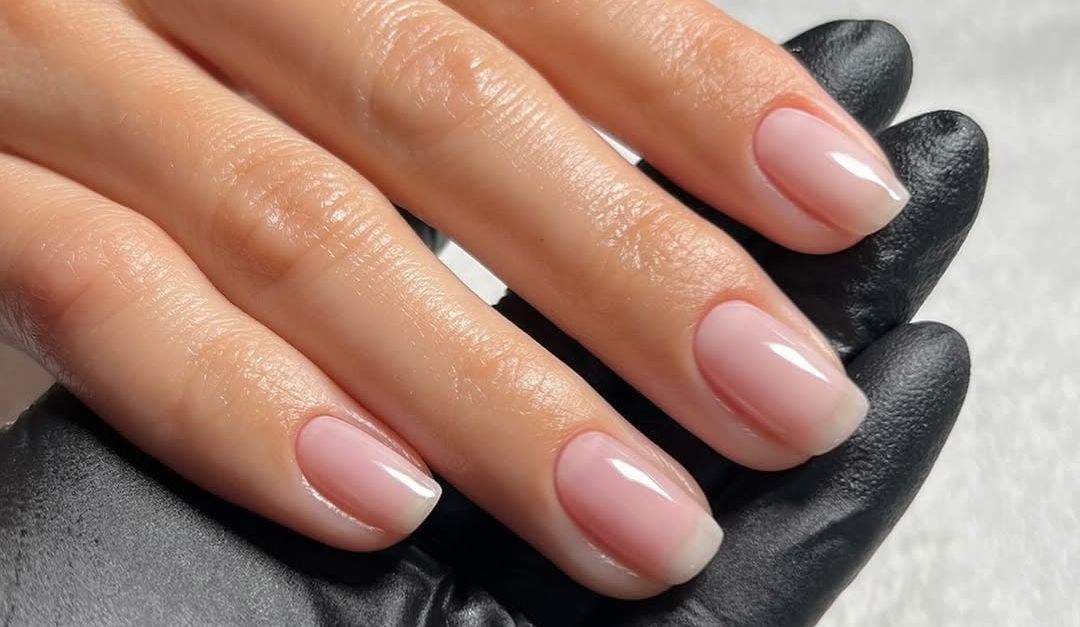

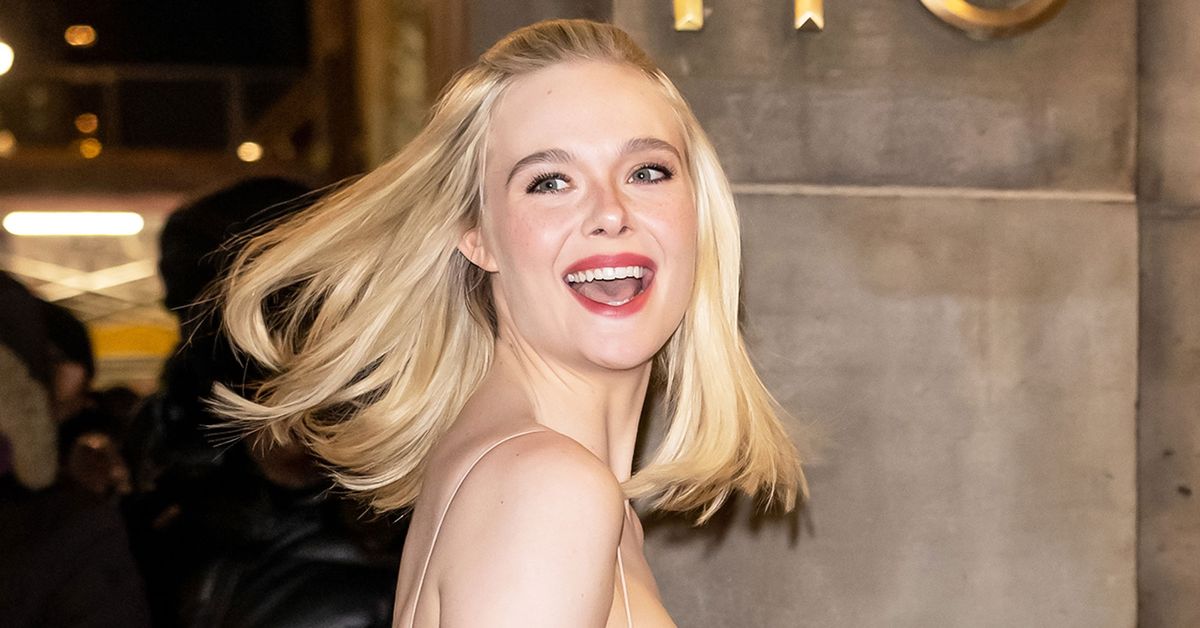











![Iggy Azalea – Money Come [Official Music Video] Iggy Azalea – Money Come [Official Music Video]](https://i.ytimg.com/vi/7t5V5ygeqLY/maxresdefault.jpg)












